The Departmental Lunchtime Lecture series began in 2017. The purpose of the series is to hear from some of the world's leading physicists about current research and to provide a forum for the undergraduate community to meet with fellow students and faculty. There is usually a lunch before or following the talk, providing an opportunity to meet the speaker and network with fellow students and academic staff.
UG Seminar Series
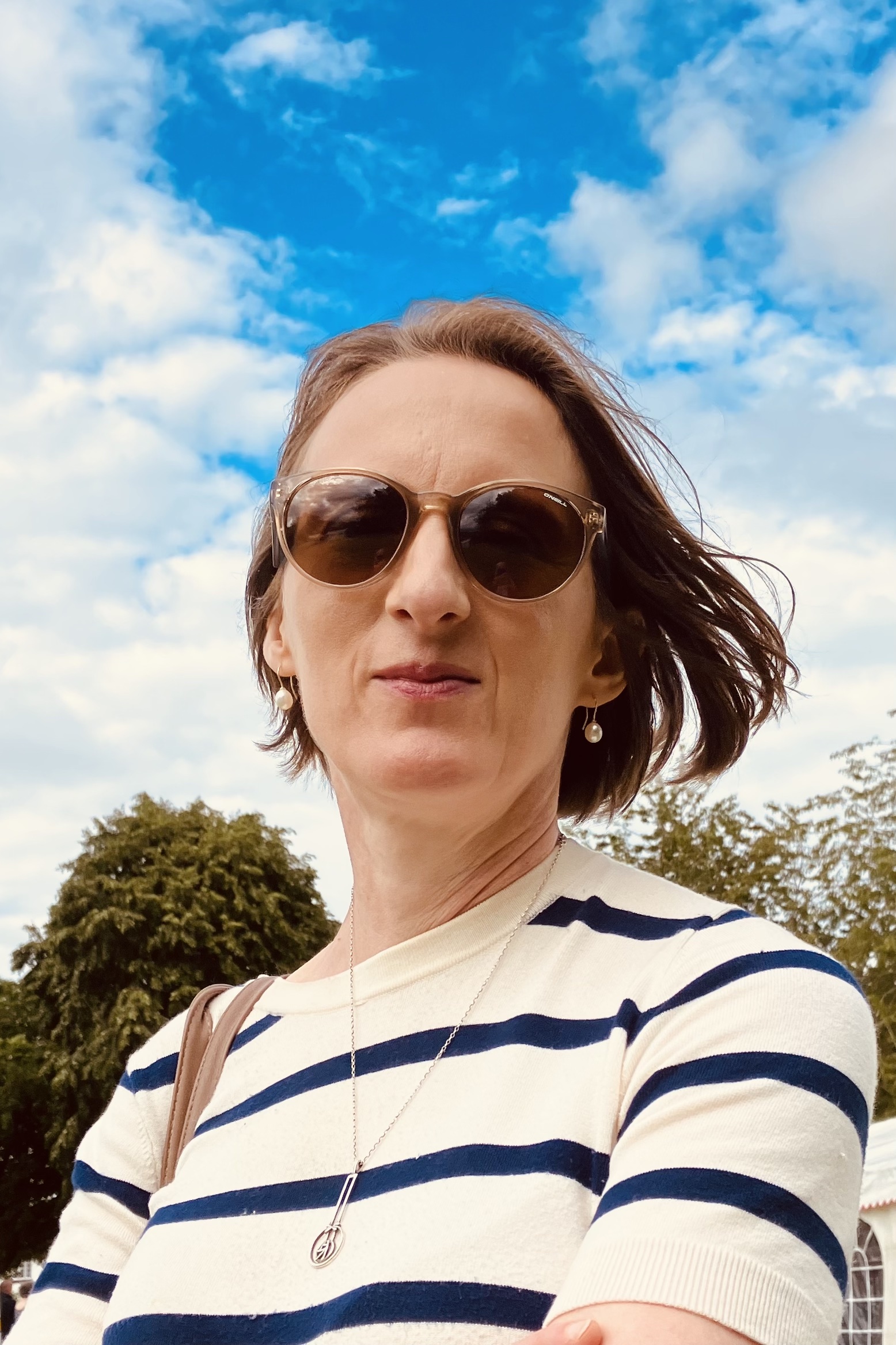 Talk Title: Is the atmosphere electric? Investigating planets, ionisation and lightning
Talk Title: Is the atmosphere electric? Investigating planets, ionisation and lightning
Date: 30 October 2024 at 12:00 (GMT)
Location: Blackett Lecture Theatre 1
Speaker: Prof Karen Aplin
Abstract: Most of us have felt awe and wonder when experiencing - preferably, from a safe distance - the majesty of a thunderstorm. As well as its spectacular displays, lightning is a hazard, and affects atmospheric chemistry. It is associated with specific types of cloud and meteorological processes, as well as being implicated in the origins of life on Earth. For these reasons, lightning has long been seen as a significant phenomenon. However, there is more to atmospheric electricity than just lightning: its quieter and less well-known sibling exists in every planetary atmosphere as a continual flow of ions and electrons, and can form a global-scale electrical circuit with lightning acting as a “battery”. The iconic Voyager 1 mission was the first to photograph an extra-terrestrial thunderstorm at Jupiter in 1979. Since then, lightning has been detected on most other Solar System planets. On Earth, small currents away from thunderstorms can affect clouds, interact with particles from dust or pollution and even potentially influence the weather. Similar non-thunderstorm processes may also act in other planetary atmospheres, such as Titan and Venus. In this lecture I will provide the unifying scientific background and context for the study of atmospheric electricity, and describe past, present, and future observations.
Biography: Karen Aplin is Professor of Space Science and Technology at Bristol University, and Visiting Professor at the University of Reading’s Department of Meteorology. She previously worked at the University of Oxford’s Department of Physics and the Space Science and Technology Department at the Rutherford Appleton Laboratory. Her research programme seeks to understand and exploit electrical properties of atmospheres through novel instrumentation and experiments. She also works on space weather, dust and volcanic ash charging, and recovery of historical electrostatic data. Her bachelor’s degree was in Physics and Philosophy at Durham University, followed by a PhD in experimental atmospheric physics at the Department of Meteorology, University of Reading. She also has a classical performance diploma from Trinity College of Music.
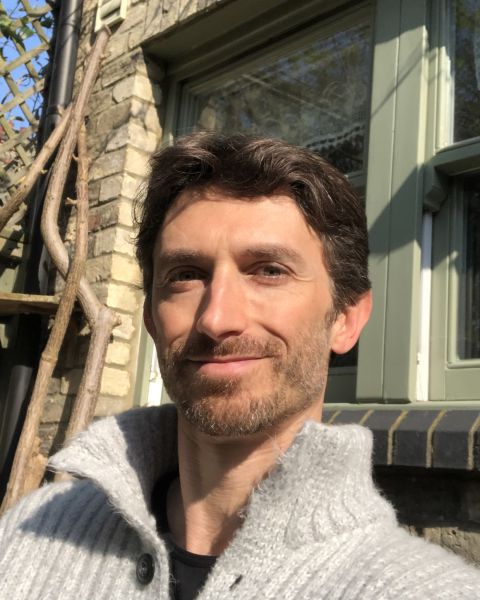 Talk Title: Dynamical fractals in magnetic crystals
Talk Title: Dynamical fractals in magnetic crystals
Date: 27 November 2024 at 12:00 (GMT)
Location: Blackett Lecture Theatre 1
Speaker: Prof Claudio Castelnovo
Abstract: Fractals -- objects with non-integer dimensions -- occur in manifold settings and length scales in nature, ranging from snowflakes and lightning strikes to natural coastlines. Much effort has been expended to generate and study fractals in many-body physics, oftentimes underpinned by the presence of disorder. Here, we identify an emergent dynamical fractal in a disorder-free three-dimensional magnetic crystal. The phenomenon is borne out of constraints on the dynamics of the microscopic degrees of freedom imposed by the topological nature of the system and by its characteristic fractionalised point-like excitations, which at low temperatures become restricted to move on the fractal. This observation explains the anomalous exponent found in magnetic noise experiments on Dy$_2$Ti$_2$O$_7$, and it resolves a long standing puzzle about its rapidly diverging relaxation time. This is a case in point of the capacity of even simple topological many-body systems to exhibit striking phenomena in their cooperative dynamics, and of the promise they hold for further surprising discoveries.
Biography: Prof Claudio Castelnovo has broad expertise in the statistical mechanics and dynamics of constrained systems, quantum information, thermodynamics and equilibration properties of frustrated magnetic systems, classical and quantum spin liquids, slow dynamics in non-disordered systems, and out of equilibrium properties in systems with fractionalised excitations. Following an EPSRC Postdoctoral Fellowship started at the University of Oxford in 2009, he became a lecturer at Royal Holloway in 2010 and moved to Cambridge in 2012. He was co-recipient of the EPS Europhysics Prize (2012) and received the IUPAP C10 Young Scientist Prize (2013). With over 100 publications, including two book chapters and papers in Nature, Science, Nature Materials, PNAS, the Annual Review of Condensed Matter Physics, Nature Communications and Physical Review Letters, he received nearly 6,000 citations with an H-index of 29. He is a co-founder and organiser of the Advanced Working Group workshop series, and one of the organisers of TEMM and CMP in the City, in the UK. He has been a graduate lecturer at Les Houches Summer School (2019) and ICTP-MPIPKS Winter School (2020); and he co-organised and lectured at the ICTP Summer School on Collective Behaviour in Quantum Matter (2018) and the ICTP Summer School on Quantum Dynamics: From Electrons to Qbits (2022).
Talk Title: Shedding Light on Nuclear Spins: Through the looking-glass
Date: 23 Janaury 2025 at 17:00 (GMT)
Location: Blackett Lecture Theatre 2
Speaker: Prof Mete Atature
Abstract: Optically active spins in solids are strong candidates for scalable devices towards quantum networks. Semiconductor quantum dots set the state-of-the-art as single-photon sources with high level tuneability, brightness, and indistinguishability. In parallel, their inherently mesoscopic nature leads to a unique realisation of a tripartite interface between light as information carrier, an electron spin as a proxy qubit, and an isolated nuclear spin ensemble. The ability to control these constituents and their mutual interactions create opportunities to realize an optically controllable ensemble of ~50,000 spins. In this talk, I will present a journey from treating the quantum dot nuclei as an uncontrolled noise source limiting spin coherence to the observation of their collective magnon modes and eventually to their function as a quantum register, all witnessed via a single electron spin driven by light.
Biography: Mete Atatüre is a Professor of Physics and the Head of the Cavendish Laboratory, Cambridge. He completed his PhD at Boston University in 2002 working on multiparameter entanglement and quantum interferometry. He then worked as a Postdoctoral Fellow at ETH Zurich on solid-state quantum optics. He joined the Cavendish Laboratory in 2007 as an Assistant Professor and received his full Professorship in 2015. His research efforts straddle multiple material platforms for experimental implementations of quantum networks and quantum sensing.
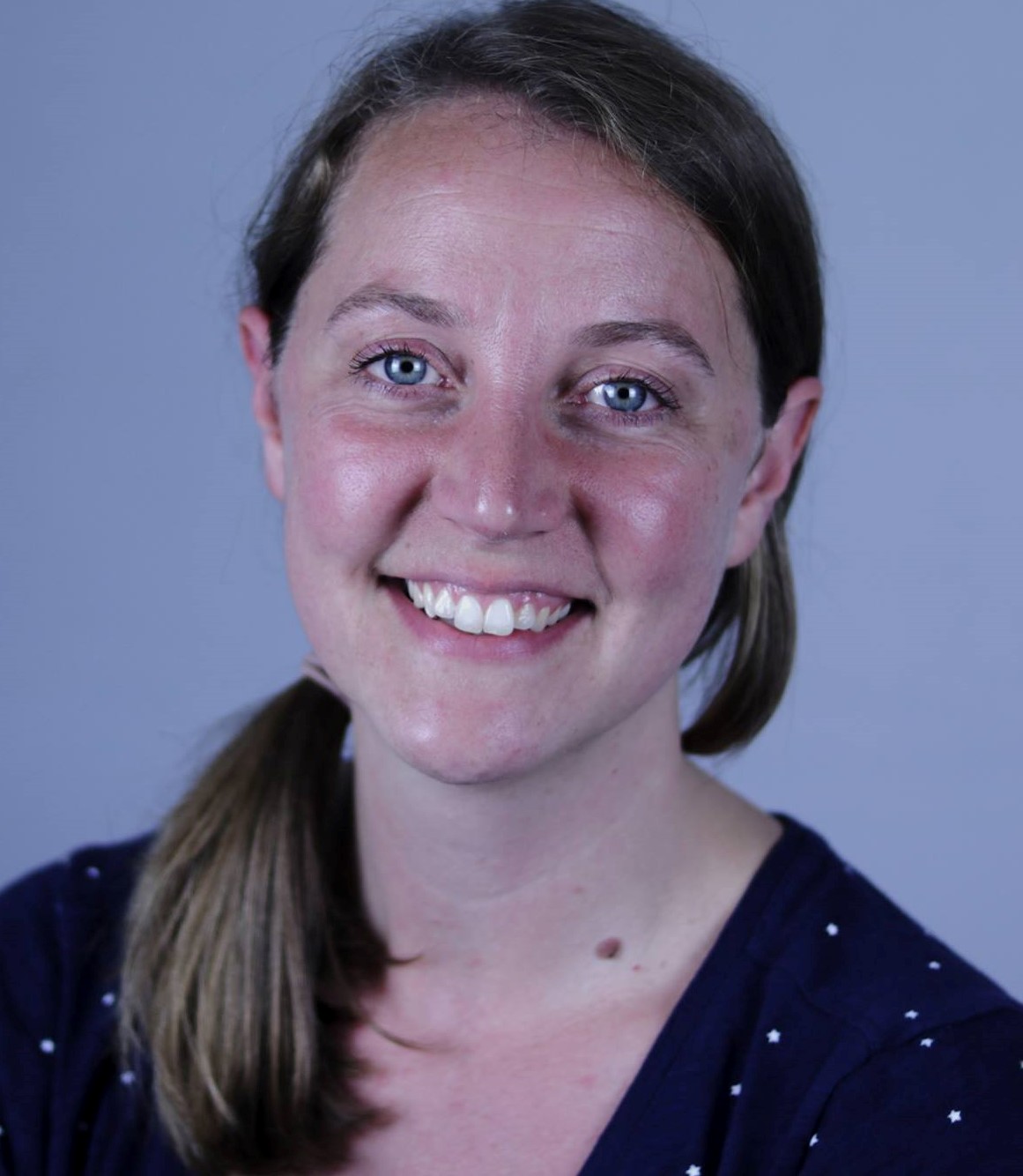 Talk Title: Exploring the world of ultra-intense laser plasma interactions
Talk Title: Exploring the world of ultra-intense laser plasma interactions
Date: 5 February 2025 at 12:00 (GMT)
Location: Blackett Lecture Theatre 1
Speaker: Dr Kate Lancaster
Abstract: Ultra-intense laser interactions with matter give us a route to produce some of the most extreme conditions on earth. When these lasers are focused onto solid material, the electric fields associated with the laser are so strong that the atoms in the material become readily ionised to create plasma. These intense lasers only penetrate a short distance into the material that they are striking, limiting the amount of energy that can be readily absorbed. Mega-Amp currents of fast electrons are driven into the target and these electrons transport energy deeper into the material. The fast electrons are the driver of much of the downstream physics and so the study of these electrons is of great interest. The potential impact of this work is broad and exciting from high-gain Inertial Confinement Fusion approaches to developing bright, ultra-short sources of radiation for non-destructive testing and medicine.
Biography: Dr Kate Lancaster is a senior lecturer based at the York Plasma Institute, part of the School of Physics, Engineering and Technology at the University of York. She received her PhD in 2005 in Advanced Fast Ignition Studies from Imperial College whilst based in Central Laser Facility at the Rutherford Appleton Laboratory. A post-doctoral position was followed by a permanent research position at the Central Laser Facility, before coming to the York Plasma Institute in 2012.
Her research expertise is in ultra-intense laser-plasma interactions and is based around understanding the absorption of those lasers and the subsequent transport of the energy. She specifically is interested in the role the electrons play in this and how we can manipulate and control them, which is relevant for alternative laser driven fusion schemes, laser driven sources, and physics at the intensity frontier.
She is the chair of the IOP plasma physics group, a member of the academic council for FuseNET, and reviews experimental proposals for a number of international laser facilities.
Kate has been very active in the communication of science for many years. She has spoken to tens of thousands of people at many events, festivals, and schools and has appeared as an expert on both television and radio, mainly speaking about lasers, plasmas, and fusion. She gave a prestigious Friday Evening Discourse at The Royal Institution in 2015 on “The Extreme World of Ultra Intense Lasers”, which has subsequently received over 700,000 views on YouTube. Recently Kate was a guest on the BBC Radio 4 show “in our time” talking about plasma. This show has a listenership of ~2.5 million with a further ~2 million podcast downloads.
 Talk Title: Physics at the poles: Ground truth measurements in support of satellite altimeters
Talk Title: Physics at the poles: Ground truth measurements in support of satellite altimeters
Date: 5 March 2025 at 12:00 (GMT)
Location: Blackett Lecture Theatre 1
Speaker: Prof Elizabeth Morris
Abstract: Since pre-industrial times the mean annual global temperature has increased by around 1.4 °C. If we continue to emit greenhouse gases, this temperature could rise to 2.0 °C or even 2.4 °C and melting of the ice sheets could produce 1 m of sea level rise by 2100. Since 2004 satellite altimeters have been used to measure the elevation of the surface of the polar sheets in the hope that we can detect the changes that will ultimately lead to sea level rise. In this talk I will describe ground truth measurements that were made Greenland and Antarctica in order to help us interpret the satellite data. These included studies of radar penetration into snow and the physics of snow densification.
Biography: Prof Elizabeth Morris is a glaciologist and Emeritus Associate at the Scott Polar Research Institute, Cambridge University. Prof Morris completed her undergaduate and PhD degrees at the University of Bristol. Her research is currently focused on glaciology and climate change. She was among the first women scientists to work in Antarctica, where her research focused on the accumulation and loss of ice and snow from the continent. Prof Morris was appointed an OBE in the Millennium Honors List for servises to Polar Science and was awarded the Polar Medal in 2003.
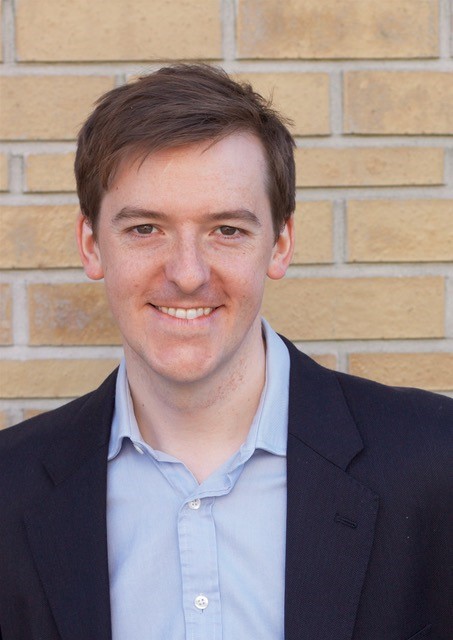 Talk Title: Hunting for dark matter: what role can theorists play?
Talk Title: Hunting for dark matter: what role can theorists play? Talk Title: Plasma turbulence in the Wendelstein 7-X stellarator – a stumbling block on the path to stellarator fusion reactors
Talk Title: Plasma turbulence in the Wendelstein 7-X stellarator – a stumbling block on the path to stellarator fusion reactors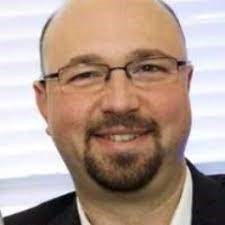 Talk Title: Update on The Spherical Tokamak route to compact fusion reactors
Talk Title: Update on The Spherical Tokamak route to compact fusion reactors Talk Title: It’s not easy growing a supermassive black hole
Talk Title: It’s not easy growing a supermassive black hole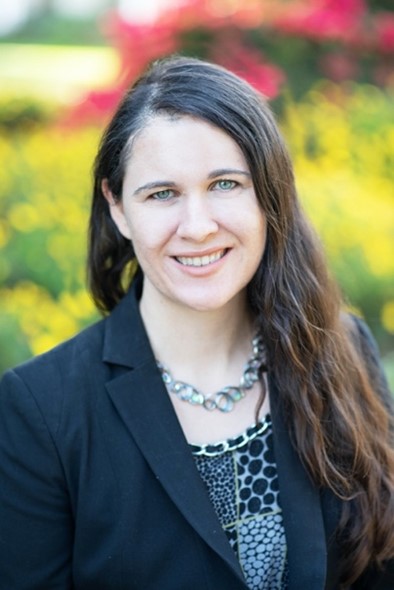 Talk Title: Negative Triangularity: the Final Frontier?
Talk Title: Negative Triangularity: the Final Frontier?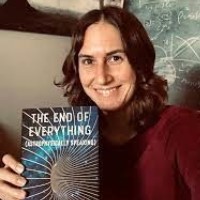 Talk Title: Physics at the End of the Universe
Talk Title: Physics at the End of the Universe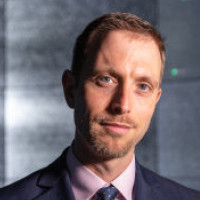
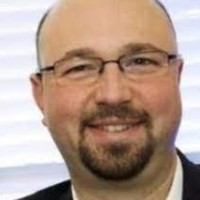 Talk Title: The Spherical Tokamak route to compact fusion reactors
Talk Title: The Spherical Tokamak route to compact fusion reactors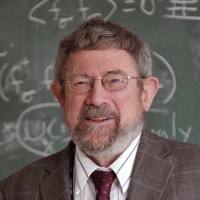 Talk Title: A Random Walk Through Physics To The Nobel Prize
Talk Title: A Random Walk Through Physics To The Nobel Prize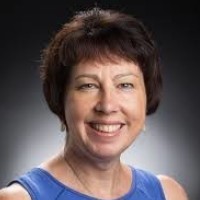 Talk Title: Journey to the Sun
Talk Title: Journey to the Sun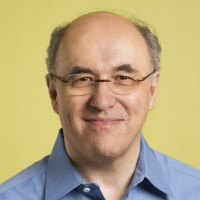 Talk Title: A Surprisingly Promising Approach to a Fundamental Theory of Physics
Talk Title: A Surprisingly Promising Approach to a Fundamental Theory of Physics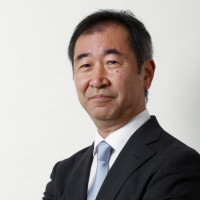 Talk Title: Neutrino studies in Kamioka
Talk Title: Neutrino studies in Kamioka